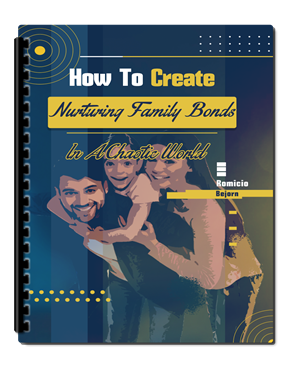Your adorable toddler can be a fussy eater who refuses to try new foods at least half of the time.
Approximately half of all toddlers fit this description, so it is no wonder that food issues are a source of stress for parents.
We know that the process of feeding your bundle of joy can be frustrating, but you must condition your mind and see this as a learning experience and a bonding period.
Keep in mind that your child will be a baby only once, and you want to make sure that you create positive memories that you can recall that put a smile on your face no matter how challenging it is.
In this article, we’re going to provide you with four tips that can help you during your journey of feeding your toddler.
Let’s get to it…
TIP #1: Establish Healthy Eating Patterns For Baby
Establishing healthy eating patterns is important to avoid problems such as obesity and eating disorders later in life.
Various strategies can help your child accept a wider range of foods.
It may be necessary to offer food to your child as many as 10 different times before they choose to eat it.
The problem is, many parents get frustrated and give up before the fourth or fifth try.
Don’t be that parent, because these breakthroughs can potentially set the path for your child’s eating habits for the rest of their lives.
Therefore, it’s worth you hanging in there for that one reason alone.
TIP #2: Make Foods Fun
Colorful foods like carrot sticks, raisins, apples, grapes, peaches, whole-grain crackers, and so on can all be fun and healthy choices for your growing toddler.
Explain to them that eating good food is important so they'll grow big and strong, and how it will help them run faster and play longer.
Yes, you have to sell the benefits to your little ones, in the same manner, you would to an adult.
You must always answer the question, “What’s In It For Them!”
TIP #3: Set The Example
Children learn behaviors from their parents. If you restrict yourself to a narrow range of foods, your child will take notice and mimic your actions.
Don't limit your child's food variety to only those foods you prefer.
It may be that your child's tastes are different than yours, and perhaps you are simply serving them foods they do not like.
Try to set a good example and try a variety of foods in front of your child.
It could motivate them to do the same.
The goal is to groom them to be open-minded to want to choose from a variety of healthy foods.
TIP #4: Gauge Your Child's Physical And Behavioral Progress
If your child seems healthy and energetic, then they are most likely eating enough.
If you are still concerned, keep an eye on how much food they actually eat over the course of the day.
Train your child to eat multiple small meals per day, which is great for helping to maintain stable blood sugar levels.
If you’re consistent for years, they’ll carry this eating habit into adulthood.
For further reassurance, check your child's growth and weight charts, or check with your child's pediatrician.
They are more than willing to examine your little one to confirm whether or not they’re healthy and developing normally.
Conclusion
You just learned the 4 Tips For Training The Fussy Eater which you can begin applying today.
Don’t underestimate the simplicity of these tips; because you probably know from experience that the more complicated you make something, the worst the results that you get.
Try not to worry, and remember, that unless a child is ill, they will eat.
Children are very good at judging their hunger and fullness signals.
Try to stay relaxed about mealtime and offer your child a wide variety of foods, and most importantly, remember to set a good example by trying a wide variety of healthy foods yourself.
You may discover you and your toddler share a newfound favorite food!
Download Our Free E-book!







